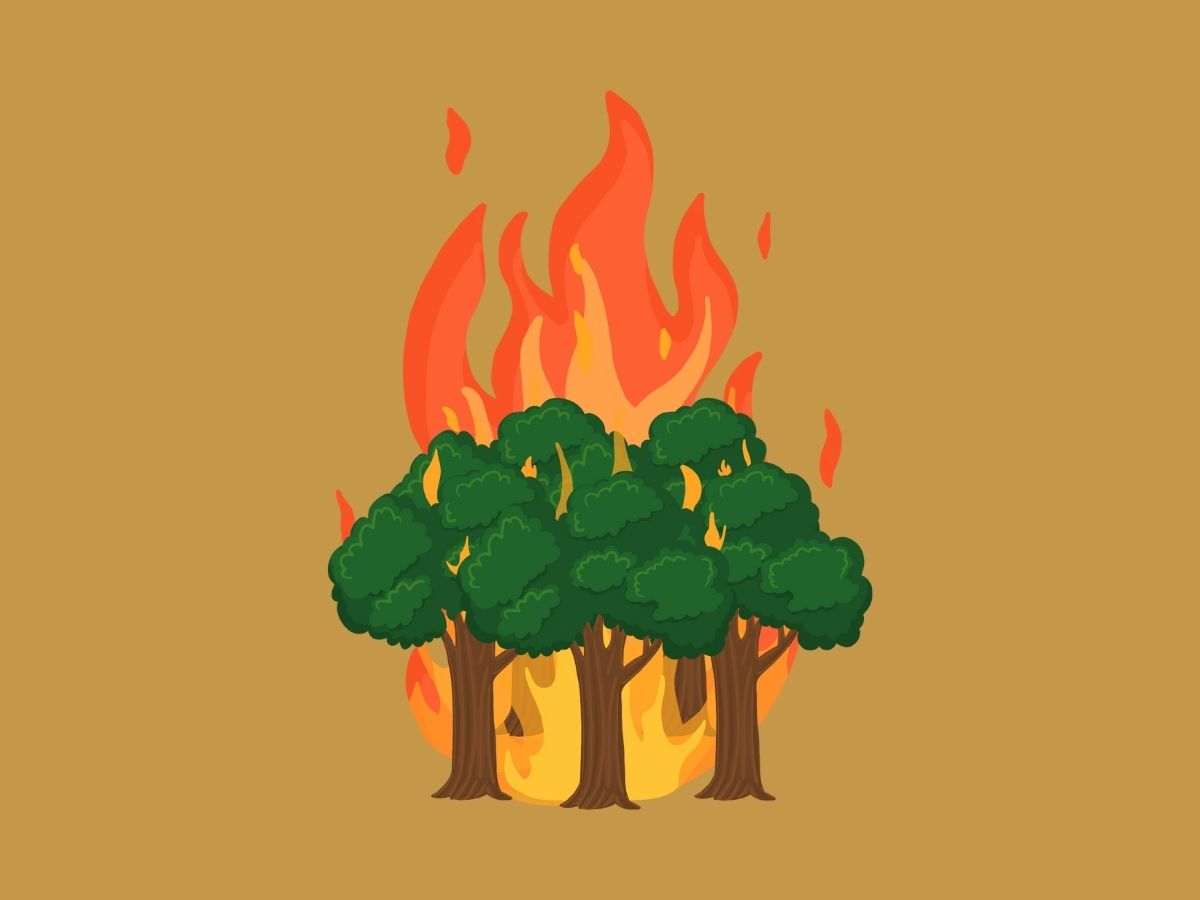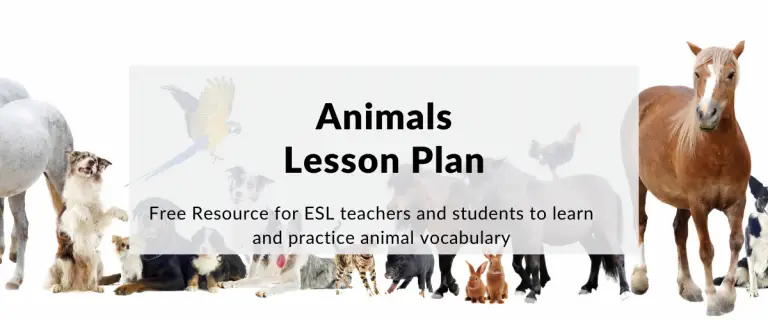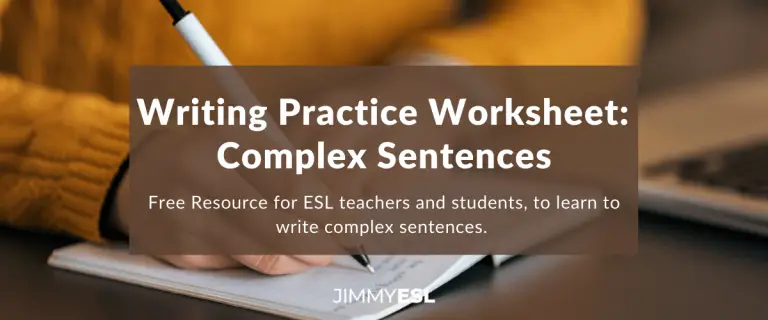The Impact of Wildfires on the Environment (ESL Lesson Plan, Intermediate, ~B1/B2)
How to use this lesson plan: The lesson includes a YouTube video and a reading text providing context for the topic. After, you will find listening, reading, grammar, vocabulary, writing, and speaking activities, for upper-intermediate-students. To accommodate different learning needs and styles, alternative exercises are provided for each area, allowing you to customize the lesson by skipping or assigning different exercises to different students. You can create the worksheet for your students by copy and pasting the selected exercises into a new document.

Warm-up Activity
Divide the class into two teams. Explain that you will give them a word related to wildfires, and each team must take turns saying a word that is associated with the given word. The catch is that they cannot repeat a word that has already been said. If a team cannot think of a new word within 5 seconds, the other team scores a point. The team with the most points at the end of the game wins.
Example:
- Teacher: The word is “fire.”
- Team A: Hot
- Team B: Flames
- Team A: Smoke
- Team B: Burn
- …
Listening Activity (Video)
Watch this video:
Title: Wildfires 101 | National Geographic
Description: This video by National Geographic explains what wildfires are, how they spread, and their impact on the environment.
Reading Activity
Wildfires are uncontrolled fires that burn in natural areas like forests, grasslands, or prairies. They can be caused by human activities, such as campfires or discarded cigarettes, or by natural events like lightning strikes. In recent years, the frequency and intensity of wildfires have increased due to factors such as climate change, drought, and human encroachment on wildlands.
Wildfires can have significant impacts on the environment. They can destroy habitats and ecosystems, leading to the loss of biodiversity. Many plants and animals may struggle to recover, especially if the fires occur too frequently. Wildfires also release large amounts of carbon dioxide and other greenhouse gases into the atmosphere, contributing to global warming.
However, not all effects of wildfires are negative. Some ecosystems, such as those found in Australia and the western United States, have adapted to periodic fires and may even require them for seed germination and growth. These controlled burns, when managed properly, can help maintain the health of these ecosystems.
To minimize the negative impacts of wildfires, it is essential to practice fire safety, such as properly extinguishing campfires and avoiding activities that can cause sparks in dry conditions. Additionally, land management practices like controlled burns and creating fire breaks can help reduce the severity and spread of wildfires when they do occur.
Comprehension Exercises
Exercise 1: True or False
- Wildfires only occur naturally and cannot be caused by human activities.
- The frequency and intensity of wildfires have decreased in recent years.
- Wildfires can contribute to the loss of biodiversity by destroying habitats.
- All ecosystems are negatively affected by wildfires.
Exercise 2: Short Answer
- What are two potential causes of wildfires?
- How can wildfires contribute to global warming?
- In what ways can controlled burns be beneficial for some ecosystems?
- Mention two ways in which we can minimize the negative impacts of wildfires.
Grammar Exercises
Exercise 3: Passive Voice
Rewrite the following sentences using the passive voice:
- Human activities can cause wildfires.
- Climate change has increased the frequency and intensity of wildfires.
- Wildfires destroy habitats and ecosystems.
- Land management practices can reduce the severity of wildfires.
Exercise 4: Conditionals
Complete the following sentences using the correct conditional form:
- If campfires (not/extinguish) properly, they (can/cause) wildfires.
- If we (practice) fire safety, we (minimize) the risk of wildfires.
- Ecosystems (recover) more quickly if wildfires (not/occur) too frequently.
- If land managers (use) controlled burns, the severity of wildfires (reduce).
Vocabulary Exercises
Exercise 5: Matching
Match the words with their definitions:
- encroachment
- germination
- biodiversity
- drought
- controlled burn
Definitions:
- the variety of life in a particular habitat or ecosystem
- a prolonged period of abnormally low rainfall, leading to a shortage of water
- the process by which seeds grow and develop into plants
- a fire set intentionally for purposes of forest management, farming, or prairie restoration
- intrusion into a territory or domain
Exercise 6: Fill-in-the-blank
Complete the sentences with the appropriate word from the list below:
(intensity, ecosystems, greenhouse gases, frequency, habitats)
- Wildfires can destroy animal _____, leading to a loss of biodiversity.
- The _____ of wildfires refers to how often they occur over a period of time.
- Some _____ have adapted to periodic fires and may benefit from controlled burns.
- Wildfires release _____ into the atmosphere, contributing to global warming.
- The _____ of a wildfire refers to its severity and the amount of damage it causes.
Conversation Prompts
Exercise 7: Debate
Divide the class into two teams. One team will argue in favor of using controlled burns to manage wildfires, while the other team will argue against this practice. Each team should present their arguments and counterarguments, and the class will vote on the most convincing team.
Exercise 8: Group Discussion
In groups of four, imagine you are a team of scientists tasked with developing a new technology to prevent or control wildfires. Discuss potential ideas, considering factors such as effectiveness, environmental impact, and feasibility. Present your best idea to the class and explain why you think it would be successful.
Writing Prompts
Exercise 9: Opinion Essay
In your opinion, what is the most effective way to prevent and manage wildfires? Support your opinion with examples and evidence from the lesson or your own knowledge.
Exercise 10: Narrative Essay
Imagine you are a tree in a forest that has just experienced a wildfire. Write a story from the tree’s perspective, describing the events before, during, and after the fire, and how the tree and its ecosystem recover over time.
Optional Homework Task
Exercise 11: Research and Presentation
Research a specific wildfire that has occurred in recent years and its impact on the local environment and communities. Prepare a short presentation (3-5 minutes) to share your findings with the class in the next lesson.
Vocabulary List
- Wildfire (n): A large, uncontrolled fire that burns in a natural area like a forest or grassland.
- Encroachment (n): The act of slowly taking over or intruding on something, such as wildlife moving into human areas or humans moving into wild areas.
- Frequency (n): How often something happens over a period of time.
- Intensity (n): The strength, power, or severity of something.
- Biodiversity (n): The variety of living things in a particular area or ecosystem.
- Habitat (n): The natural home or environment where a plant or animal usually lives.
- Ecosystem (n): A community of living things (plants and animals) and their non-living environment, all interacting together.
- Germination (n): The process by which a seed begins to grow and develop into a new plant.
- Controlled burn (n): A fire set on purpose under carefully monitored conditions to help manage a forest or other wild area.
- Greenhouse gas (n): A gas in the Earth’s atmosphere, such as carbon dioxide, that traps heat and contributes to global warming.
- Drought (n): A long period of time with little or no rain, leading to a shortage of water.
- Adapt (v): To change or adjust to new conditions or situations.
- Extinguish (v): To put out a fire completely.
- Minimize (v): To reduce something to the smallest possible amount or degree.
- Severity (n): The seriousness or intensity of something undesirable, such as damage or hardship.
Download
Get the lesson plan (including image and keys) in Google Docs format here.
Instructions: Go to the “File” menu and “Download” the doc in Word, PDF or other format. You cannot edit the Google doc!





